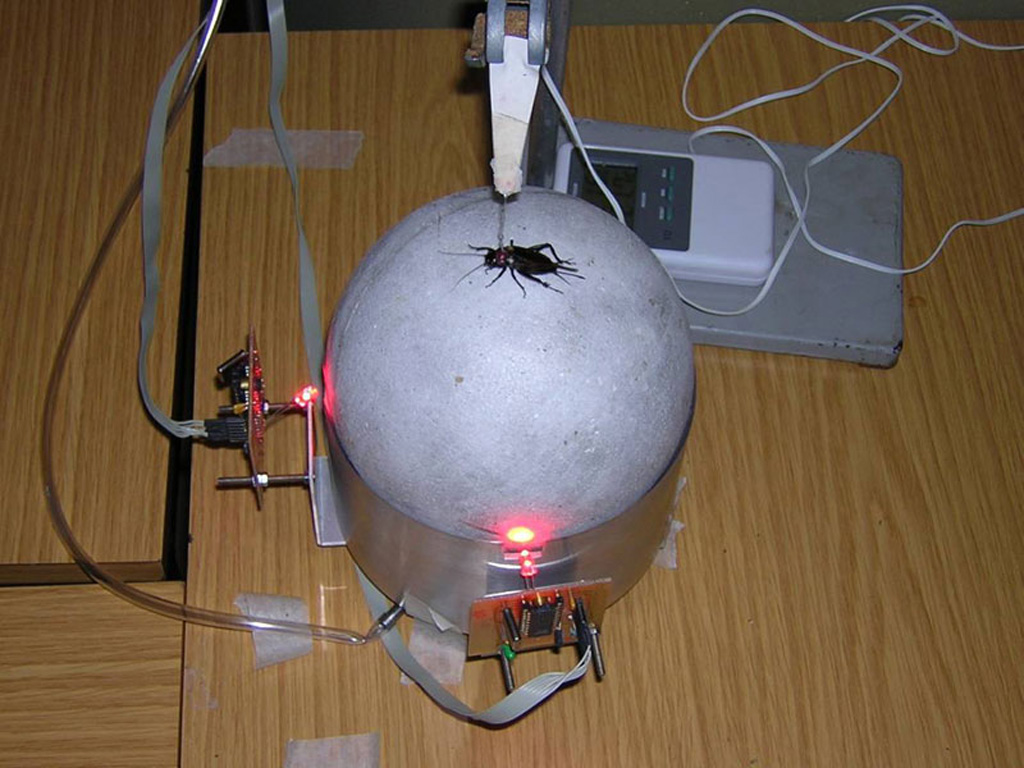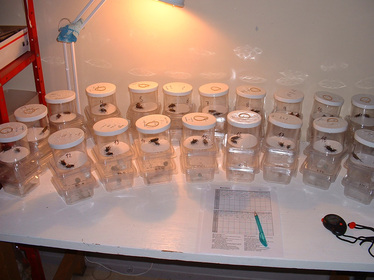Keeping it real
|
Biologists love nature, but it’s so complex that most research is done in labs. In the lab you can concentrate on the exact things you’re interested in and not worry about all the other stuff that might affect your results. For instance, you might want to know whether females just mate with the first male they bump into, or whether they are choosy. In the lab you can do an experiment where female crickets sit on a sphere that can rotate in any direction and listen to the songs from two males. A computer then measures which song the females prefer – everything is completely identical between the two sides, except the songs. In the field things are a whole lot messier. One male might be behind a bush, there might be an ants’ nest between the female and another male and so-on. This makes it very hard to study behaviour in the field. But...
|
|
We think it’s important to have both lab studies where everything is neat, and field studies where we can find out whether things really work the same in nature as they do indoors. There have been a number of fantastic field studies of large animals, a few examples being the Soay sheep on the island of St Kilda, the Red deer on the island of Rum, the collared flycatchers that nest on the island of Gotland and the blue tits that nest in a wood near Oxford. We're finding out if the processes that lead to some individuals leaving more offspring, and hence to evolution, are similar in insects and larger animals. The 2nd thing we’re trying to do is to find out if the things we’ve discovered from studying insects in the laboratory are really important in the field – for instance, in the lab, males that sing more get more matings, but in the field maybe they are more likely to eaten by birds...
|




